Los Angeles Residential Real Estate: June 2025
Los Angeles Residential Real Estate: Trends, Challenges, and What’s Next (June 2025)
The residential real estate landscape in Los Angeles is experiencing a period of profound change in 2025. While the city has long been synonymous with sky-high home prices and intense competition, the market is now entering a new phase marked by increased inventory, shifting buyer and renter behaviors, and persistent affordability challenges. Here’s an in-depth look at what’s happening, why it matters, and what Angelenos can expect in the months ahead.
Inventory on the Rise, Prices Begin to Cool
For years, Los Angeles was a seller’s market, with homes often receiving multiple offers above asking price within days of being listed. That dynamic is changing. Inventory has surged to its highest level in years, with the number of homes for sale nearly doubling compared to recent years. This influx is giving buyers more choices and forcing sellers to be more realistic with pricing.
Price cuts are now common, with more than one in five listings seeing reductions before selling. While home values are not plummeting, the pace of price growth has slowed considerably. Sellers are increasingly offering concessions, such as help with closing costs or rate buy-downs, to attract buyers who are facing higher monthly payments due to elevated mortgage rates.
Affordability: The Persistent Challenge
Despite the cooling market, affordability remains the single biggest hurdle for Los Angeles residents. The median home price is still hovering near record highs—well above $850,000 in many neighborhoods. With mortgage rates remaining above 6.5%, the cost of buying a home is out of reach for many, especially first-time buyers and middle-class families.
This affordability crunch is not just about home prices. The cost of living in Los Angeles, from groceries to utilities, continues to rise, making it even harder for many to save for a down payment or qualify for a mortgage. As a result, more people are staying in rentals longer or moving to more affordable areas outside the city.
The Rental Market: High Demand, Low Vacancy
The challenges in the for-sale market are spilling over into the rental sector. With so many would-be buyers priced out, demand for rental housing remains extremely high. Vacancy rates are low, especially in popular neighborhoods near job centers, schools, and transit. Rents are climbing, with many tenants facing annual increases that outpace wage growth.
Landlords are in a strong position, often able to choose from multiple qualified applicants for each vacancy. Renters, meanwhile, are feeling the squeeze, with some forced to downsize, find roommates, or move farther from the city center to find something affordable. Eviction protections enacted during the pandemic have largely expired, adding to housing insecurity for some of the city’s most vulnerable residents.
Gentrification and Neighborhood Change
Gentrification continues to reshape many Los Angeles neighborhoods. Areas that were once considered affordable are seeing an influx of new development, often in the form of luxury apartments and condos. While this brings investment and amenities, it also leads to the displacement of long-time residents and the loss of affordable housing stock.
Zoning laws and high construction costs make it difficult to build enough new housing, especially in neighborhoods that most need it. Efforts to increase density through state and local policy have met resistance from some community groups concerned about changing the character of their neighborhoods or increasing traffic and congestion.
Impact of Natural Disasters
Recent wildfires and mudslides have added another layer of complexity to the housing market. Thousands of residents have been displaced, increasing demand for both rentals and homes for sale. Many homeowners are grappling with the decision to rebuild or sell their damaged properties, and insurance challenges are making recovery even more difficult.
The aftermath of these disasters has highlighted the city’s vulnerability and the urgent need for more resilient, affordable housing options. Recovery efforts are ongoing, but the process is slow, and the ripple effects are being felt throughout the real estate market.
Shifting Buyer Preferences
The pandemic-era shift toward remote and hybrid work has changed what buyers are looking for in a home. There is increased demand for properties with home offices, outdoor space, and flexible layouts. Some buyers are willing to move farther from the city center in exchange for more space and affordability, leading to growth in suburban and exurban communities around Los Angeles.
At the same time, some urban neighborhoods are seeing a resurgence in demand as cultural amenities, restaurants, and nightlife rebound. The market is becoming more segmented, with different trends playing out in different parts of the city.
Construction and Policy Challenges
Los Angeles has ambitious goals to increase housing supply, but progress has been slow. Permitting and regulatory hurdles, high costs for land and labor, and community opposition have all contributed to a shortfall in new housing construction. The city is not on pace to meet its housing targets, and the shortage is keeping upward pressure on both rents and home prices.
Efforts to address the crisis include new incentives for affordable housing, streamlining the approval process for certain types of developments, and exploring creative solutions like accessory dwelling units (ADUs) and modular construction. However, meaningful change will require sustained political will and collaboration between government, developers, and communities.
The Outlook for the Rest of 2025
Looking ahead, Los Angeles is likely to remain a challenging market for both buyers and renters. While increased inventory and slower price growth may offer some relief, the fundamental issues of affordability and supply are far from resolved. Buyers may find more negotiating power, but high costs and strict lending standards will continue to limit access to homeownership.
For renters, competition will remain fierce, and rents are expected to keep rising unless there is a significant increase in new housing construction. Policymakers are under pressure to find solutions that balance the need for more housing with concerns about neighborhood character, displacement, and environmental sustainability.
In summary, Los Angeles residential real estate in 2025 is a market in flux—more balanced than in recent years, but still defined by deep-rooted challenges. Navigating this landscape requires flexibility, patience, and a clear understanding of both the risks and opportunities ahead.
Categories
Recent Posts
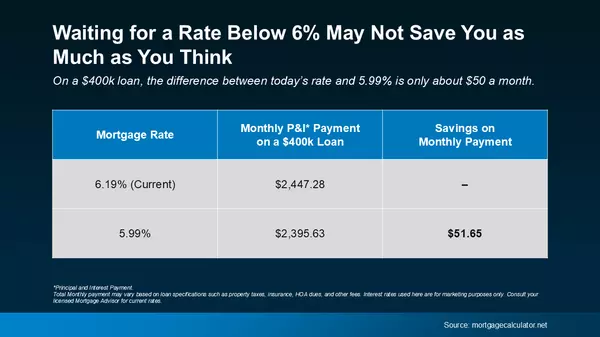
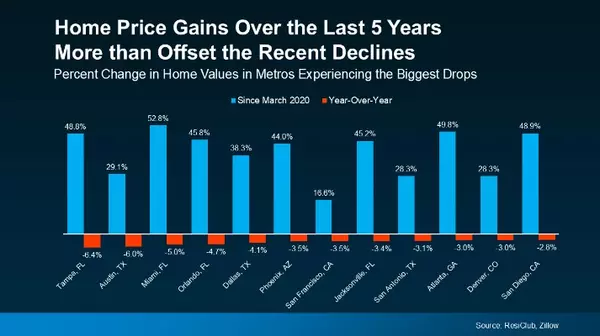
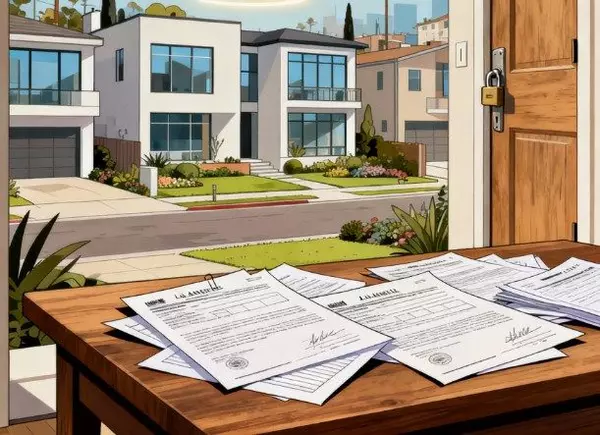
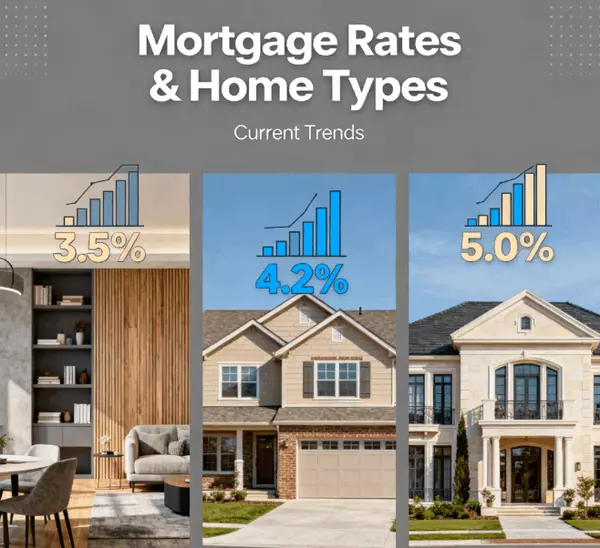
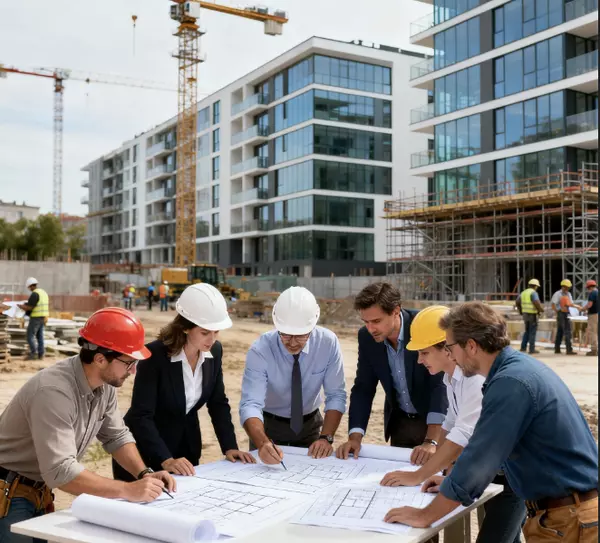

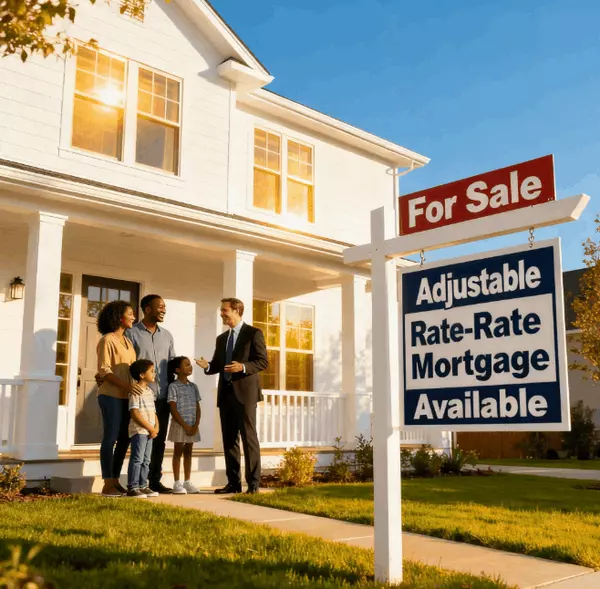

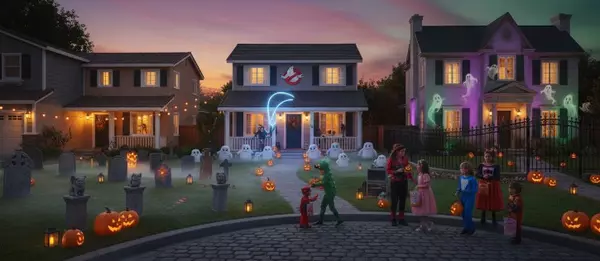

GET MORE INFORMATION

